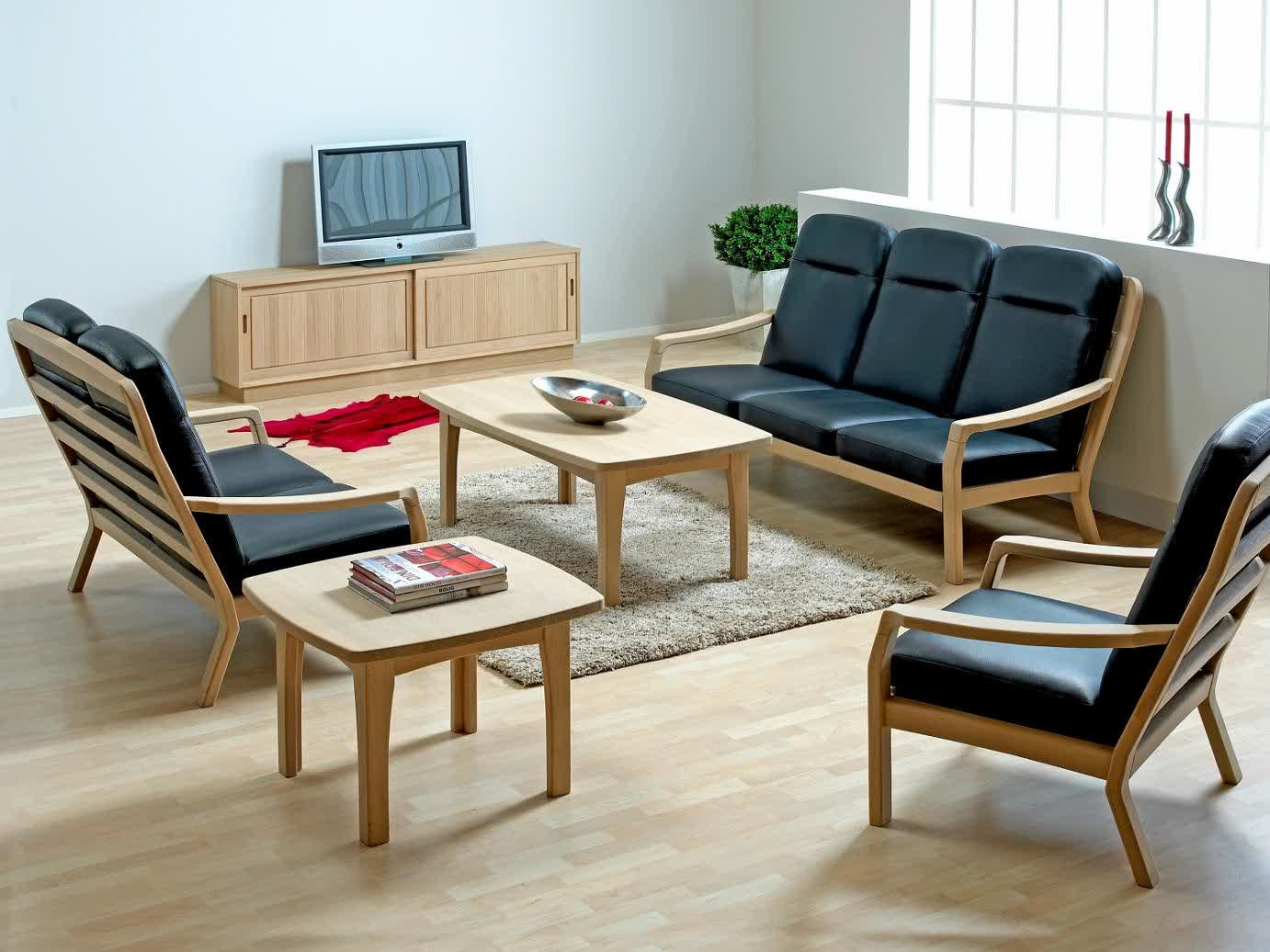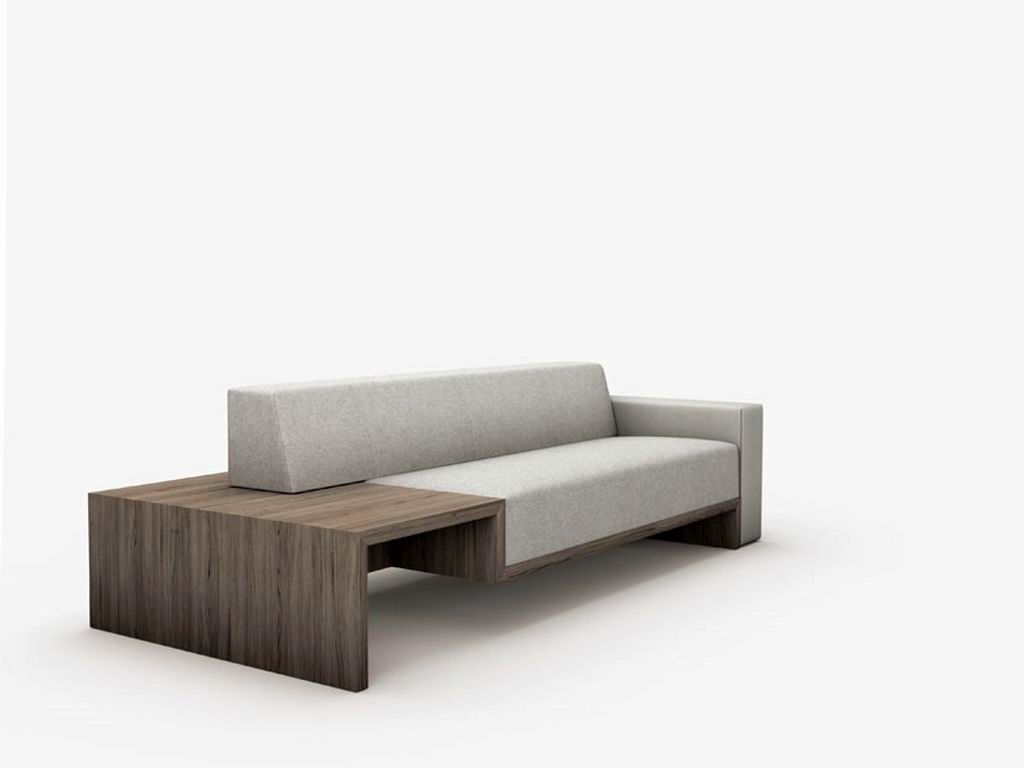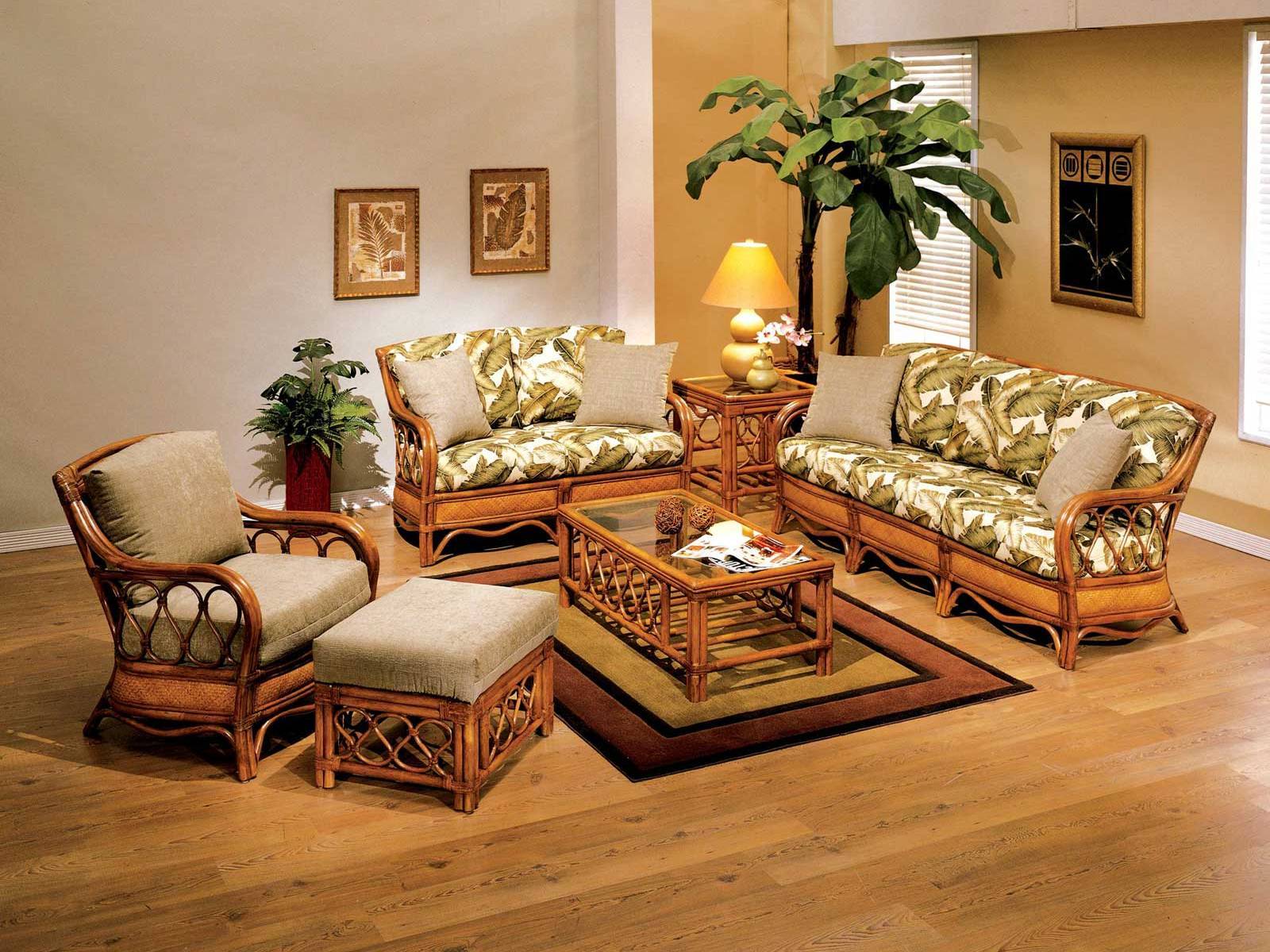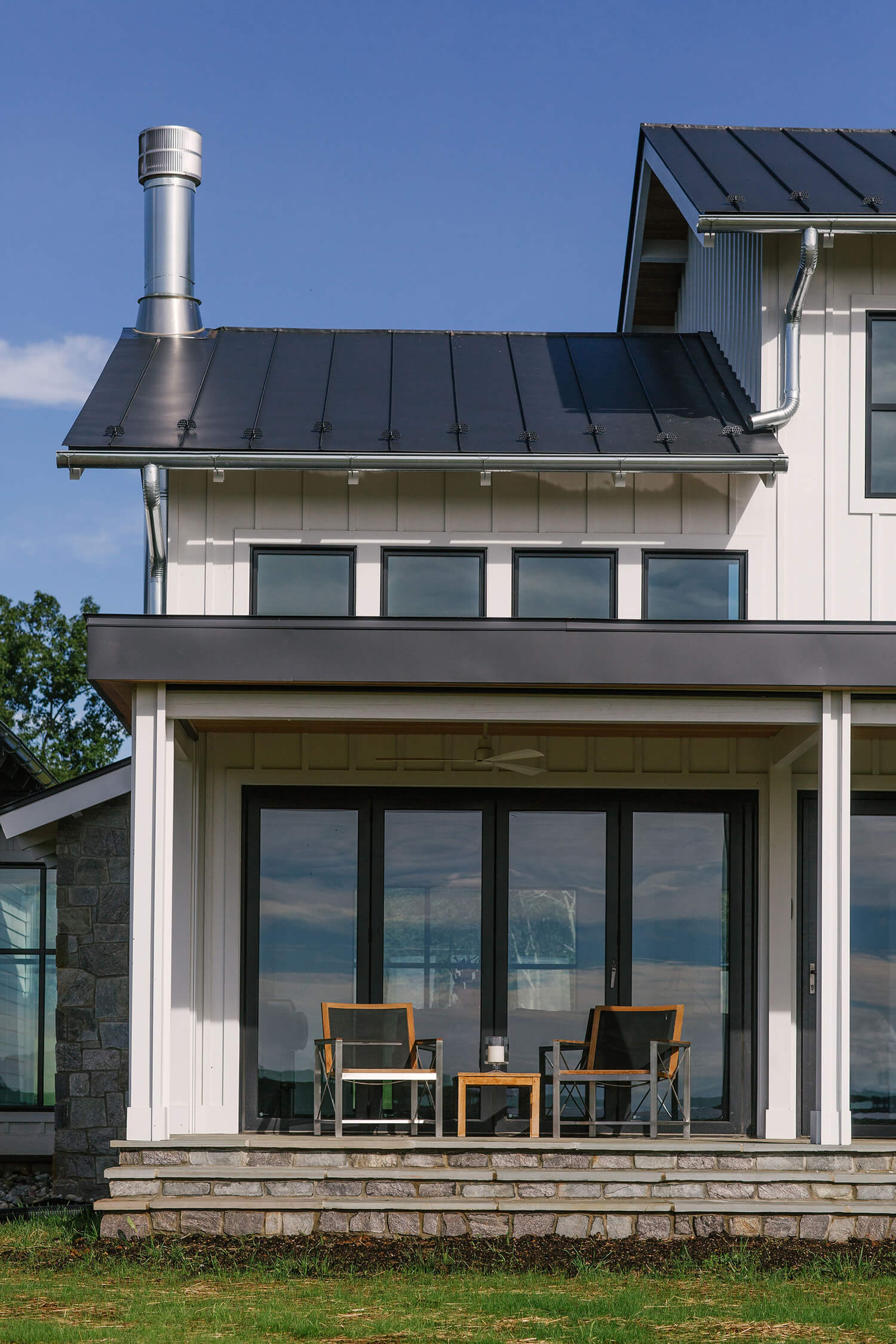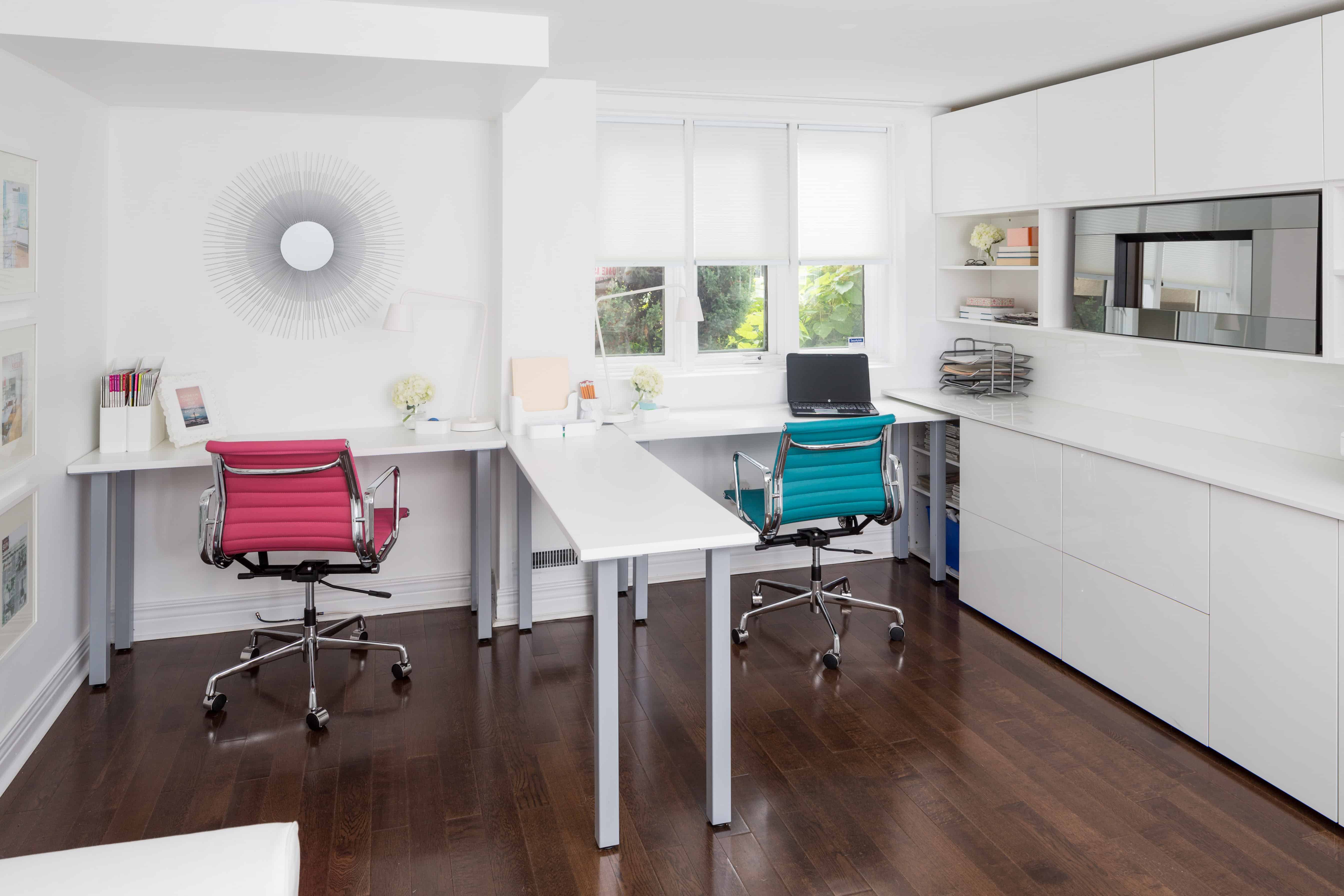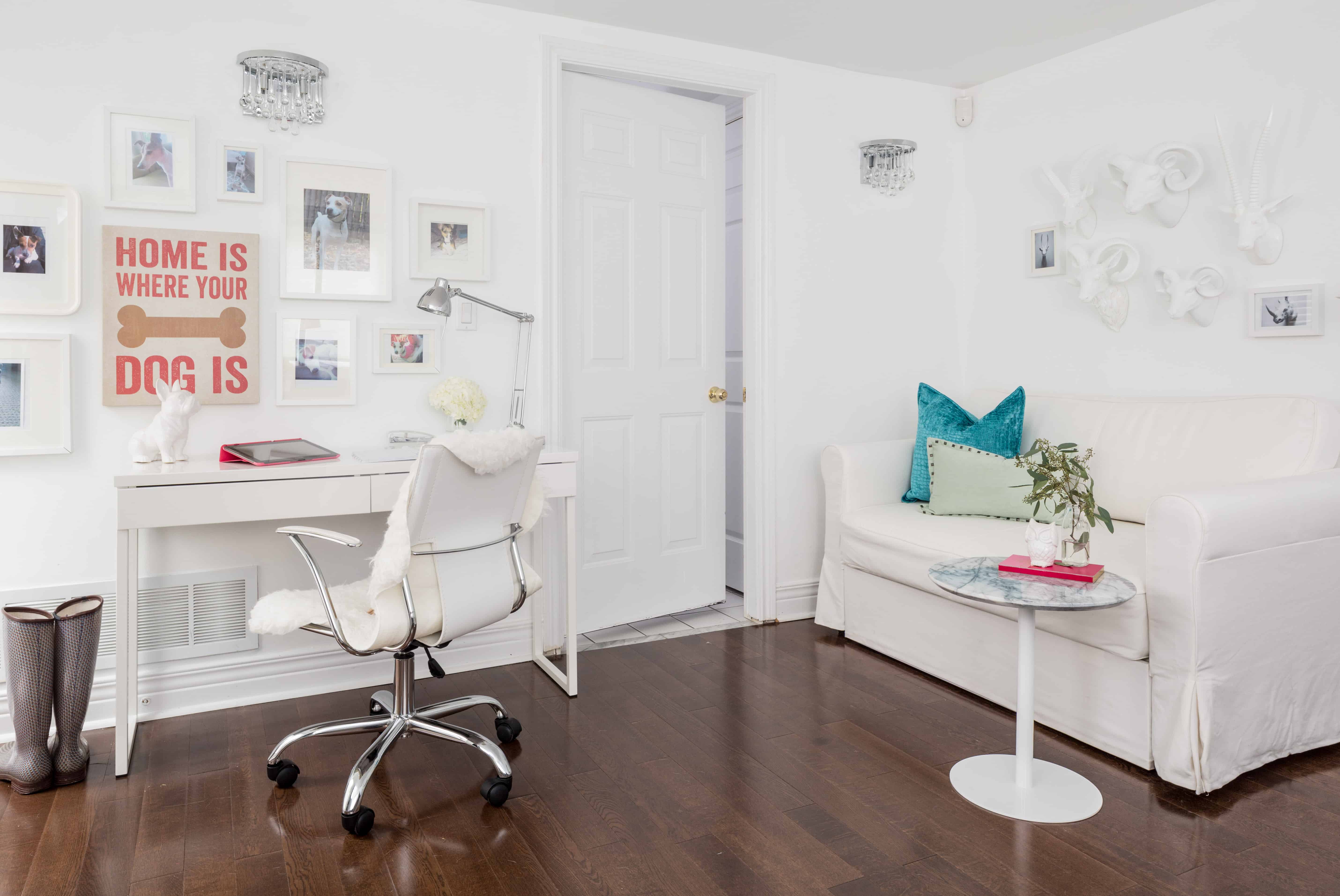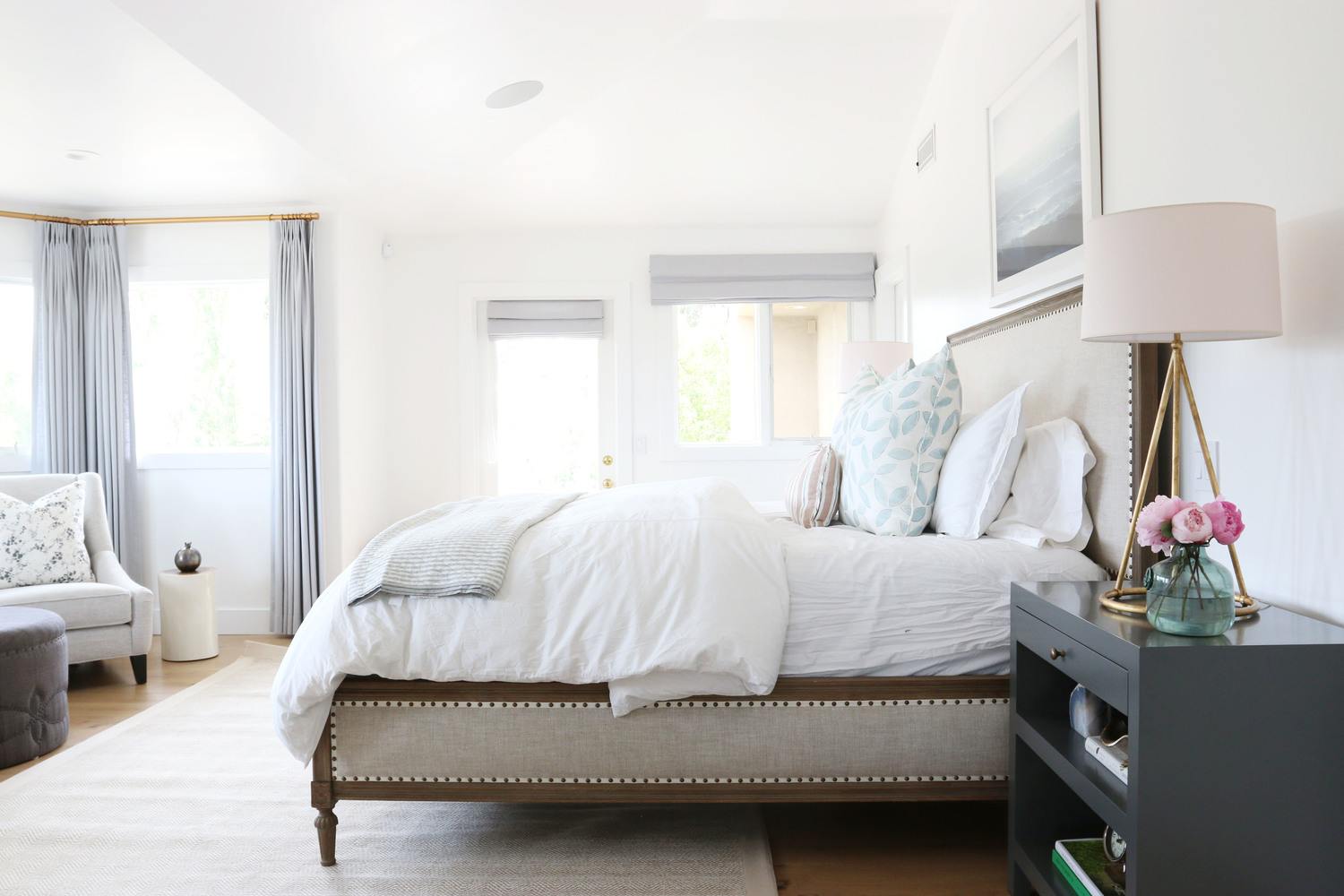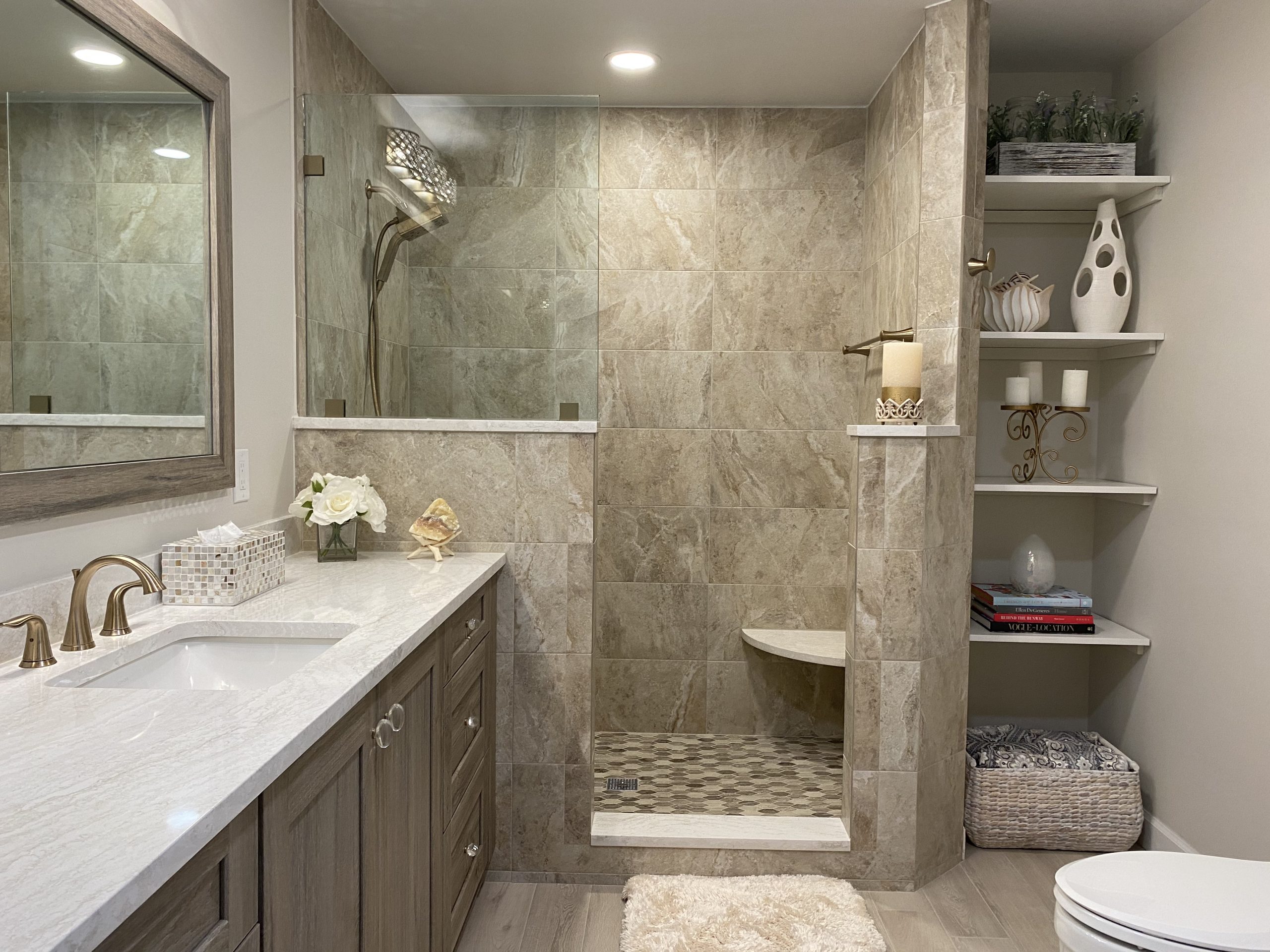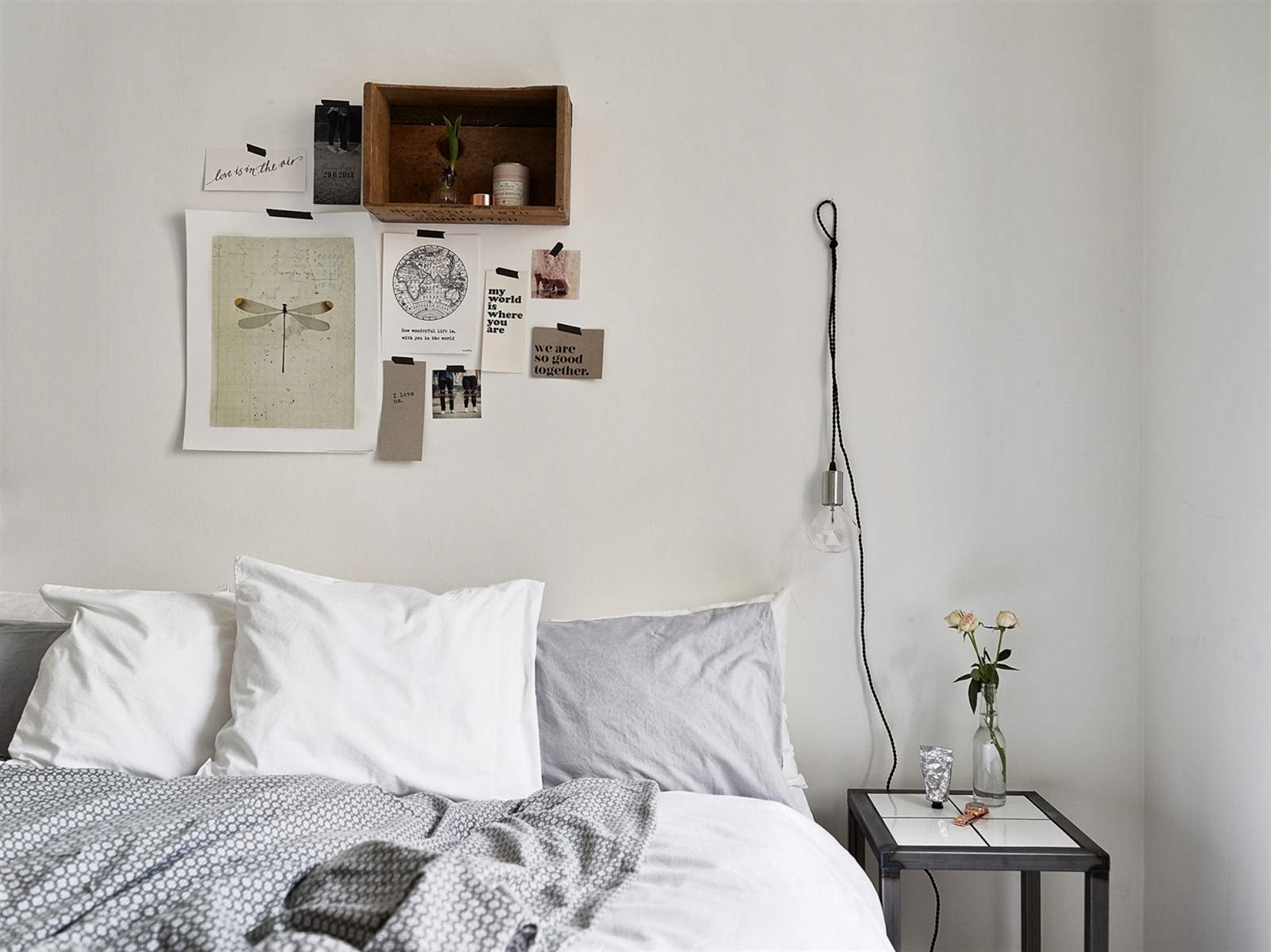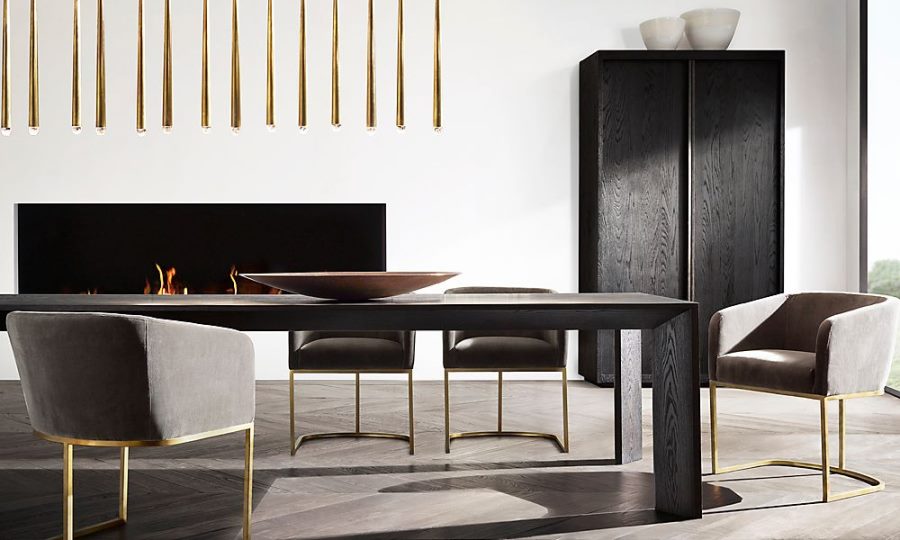When it comes to designing a minimalist living room, the color scheme is crucial. One popular approach is using an analogous color scheme, which involves choosing colors that are next to each other on the color wheel. This creates a harmonious and cohesive look in the room, making it visually appealing and relaxing. Incorporating an analogous color scheme in your living room can be achieved in different ways. You can choose warm colors like red, orange, and yellow for a cozy and inviting atmosphere. Or you can opt for cool colors such as blue, green, and purple for a more calming and serene vibe. Whichever color palette you choose, make sure to use it consistently throughout the room for a cohesive look.Analogous Color Scheme
The concept of minimalism is all about simplicity and functionality. It focuses on eliminating unnecessary clutter and creating a clean, streamlined space. This design approach is perfect for a living room, where you want to relax, entertain, and spend quality time with family and friends without any distractions. To achieve a minimalist interior design in your living room, start by decluttering the space. Get rid of any unnecessary items and keep only the essentials. Next, choose simple and functional furniture pieces with clean lines and a neutral color palette. This will help create a sense of openness and airiness in the room.Minimalist Interior Design
When it comes to living room decor, less is more in a minimalist design. Instead of filling the room with numerous decorative items, opt for a few statement pieces that will enhance the overall look of the space. This can include a large piece of artwork, a unique rug, or a sculptural lamp. In terms of color and texture, keep it simple. Stick to a neutral color palette with a few pops of color for visual interest. You can also incorporate different textures, such as a plush rug or a woven throw, to add dimension to the room. Just remember to keep it minimal and avoid going overboard with the decor.Living Room Decor
Neutral tones are a staple in minimalist design. They create a calm and soothing atmosphere, making them perfect for a living room. Some popular neutral tones include white, beige, gray, and taupe. These colors can be used as a base for the room and can be complemented with pops of color for added interest. When incorporating neutral tones in your living room, make sure to play with different shades and textures. This will prevent the room from looking flat and one-dimensional. You can also add a touch of warmth by incorporating natural materials like wood or rattan in the furniture or decor.Neutral Tones
In a minimalist living room, the focus should be on the furniture rather than the accessories. Therefore, it's essential to choose simple and functional pieces that will not only serve their purpose but also enhance the overall design of the room. Opt for furniture with clean lines and a streamlined design. Avoid any bulky or ornate pieces that can make the room feel crowded. Stick to a neutral color palette and incorporate different textures for added visual interest. Investing in high-quality furniture will also ensure that they last longer and maintain their minimalist aesthetic.Simple Furniture
Clean lines are a key element in minimalist design. They create a sense of simplicity and order in the room, making it visually appealing and calming. When choosing furniture or decor, look for items with straight, simple lines, and avoid any ornate or intricate designs. You can also incorporate clean lines in other aspects of the room, such as the lighting fixtures, window treatments, and even the layout of the space. This will help create a cohesive and harmonious look in the room, promoting a sense of balance and tranquility.Clean Lines
In a minimalist living room, natural light is your best friend. It helps create a bright and airy atmosphere, making the room feel more spacious and inviting. If your living room has large windows, embrace them and let the natural light flood in. If your living room doesn't have a lot of natural light, there are ways to maximize the available light. Use light, sheer curtains instead of heavy drapes to allow more light to enter the room. You can also strategically place mirrors to reflect the light and make the room appear brighter and more open.Natural Light
One of the main goals of minimalist design is to create a functional space where every item serves a purpose. In a living room, this means having enough seating for guests, a designated entertainment area, and storage for essentials. Avoid adding any unnecessary items that can clutter the space and hinder its functionality. When designing your living room, think about how you will use the space and what items are essential to have. This will help you create a functional and practical living room that is also aesthetically pleasing.Functional Space
Incorporating subtle accents in a minimalist living room can add personality and character to the space without overpowering the overall design. This can include a few pops of color, a statement piece of furniture, or a unique piece of decor. The key is to keep it minimal and intentional. Avoid going overboard with the accents and choose items that complement the overall design and color scheme of the room. This will help create a cohesive and visually appealing living room.Subtle Accents
Despite its clean and simple aesthetic, a minimalist living room can still feel cozy and welcoming. Incorporating soft textures, such as a plush rug or a comfortable sofa, can add warmth and comfort to the room. You can also use warm lighting, such as table lamps or string lights, to create a cozy atmosphere. Another way to make the living room feel cozy is by incorporating personal touches, such as family photos or sentimental decor. Just make sure not to clutter the space and keep it minimal to maintain the overall minimalist design. In conclusion, incorporating an analogous color scheme, minimalist interior design, and subtle accents can help create a stunning and functional living room. With the right balance of neutral tones, clean lines, and natural light, you can achieve a cozy and inviting space that promotes relaxation and calmness. Remember to keep it simple, intentional, and clutter-free to achieve the perfect minimalist living room design.Cozy Atmosphere
Analogous Colors for a Minimalist Living Room Design

The Basics of Analogous Color Scheme
 When it comes to designing a living room, color is one of the most important elements to consider. It sets the mood, creates harmony, and adds personality to the space. One popular color scheme for minimalist living rooms is the analogous color scheme. This color scheme involves using colors that are next to each other on the color wheel, creating a cohesive and harmonious look. The use of analogous colors in a living room design can create a sense of balance and simplicity, which is key to achieving a minimalist aesthetic.
When it comes to designing a living room, color is one of the most important elements to consider. It sets the mood, creates harmony, and adds personality to the space. One popular color scheme for minimalist living rooms is the analogous color scheme. This color scheme involves using colors that are next to each other on the color wheel, creating a cohesive and harmonious look. The use of analogous colors in a living room design can create a sense of balance and simplicity, which is key to achieving a minimalist aesthetic.
Choosing the Right Analogous Colors
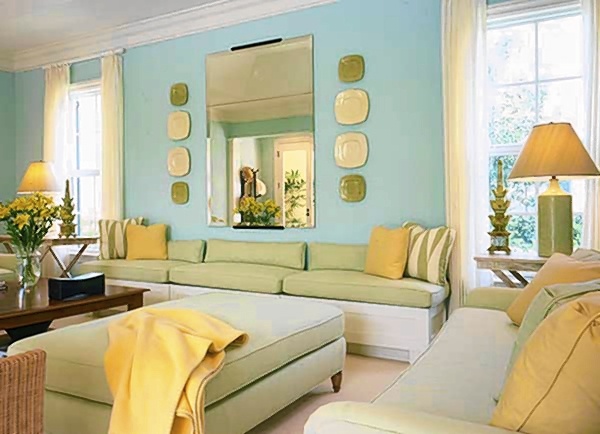 The first step in creating an analogous minimalist living room design is choosing the right colors. The key is to select colors that are similar in tone and intensity. For example, if you choose to use shades of blue, you can pair it with shades of green or purple. These colors are close enough on the color wheel to create a harmonious look, but still have enough contrast to add interest to the room. It is important to choose colors that you are drawn to and that reflect your personal style. This will ensure that you feel comfortable and happy in your living room.
The first step in creating an analogous minimalist living room design is choosing the right colors. The key is to select colors that are similar in tone and intensity. For example, if you choose to use shades of blue, you can pair it with shades of green or purple. These colors are close enough on the color wheel to create a harmonious look, but still have enough contrast to add interest to the room. It is important to choose colors that you are drawn to and that reflect your personal style. This will ensure that you feel comfortable and happy in your living room.
Creating Balance with Analogous Colors
 One of the main advantages of using analogous colors in a minimalist living room design is the sense of balance it creates. By using colors that are close to each other on the color wheel, the eye is not overwhelmed with too much contrast. This creates a sense of harmony and tranquility, which is perfect for a minimalist space. Additionally, the use of analogous colors can make a small living room appear larger, as the colors blend seamlessly together, creating a cohesive and open look.
One of the main advantages of using analogous colors in a minimalist living room design is the sense of balance it creates. By using colors that are close to each other on the color wheel, the eye is not overwhelmed with too much contrast. This creates a sense of harmony and tranquility, which is perfect for a minimalist space. Additionally, the use of analogous colors can make a small living room appear larger, as the colors blend seamlessly together, creating a cohesive and open look.
Adding Accents with Complementary Colors
 While analogous colors are the main focus of a minimalist living room design, adding a pop of complementary color can add dimension and interest to the space. Complementary colors are those that are directly opposite each other on the color wheel. For example, if your living room is mostly shades of blue and green, you can add a few accents of orange or yellow to create a bold and eye-catching look. Just be sure to use complementary colors sparingly to avoid overwhelming the space.
While analogous colors are the main focus of a minimalist living room design, adding a pop of complementary color can add dimension and interest to the space. Complementary colors are those that are directly opposite each other on the color wheel. For example, if your living room is mostly shades of blue and green, you can add a few accents of orange or yellow to create a bold and eye-catching look. Just be sure to use complementary colors sparingly to avoid overwhelming the space.
Conclusion
 Using an analogous color scheme in a minimalist living room design is a great way to create a clean, harmonious, and balanced space. It allows for simplicity and tranquility while still adding interest and personality. Remember to choose colors that reflect your personal style and add accents of complementary colors to add dimension. With the right color choices, you can create a stunning and inviting living room that embodies the essence of a minimalist design.
Using an analogous color scheme in a minimalist living room design is a great way to create a clean, harmonious, and balanced space. It allows for simplicity and tranquility while still adding interest and personality. Remember to choose colors that reflect your personal style and add accents of complementary colors to add dimension. With the right color choices, you can create a stunning and inviting living room that embodies the essence of a minimalist design.
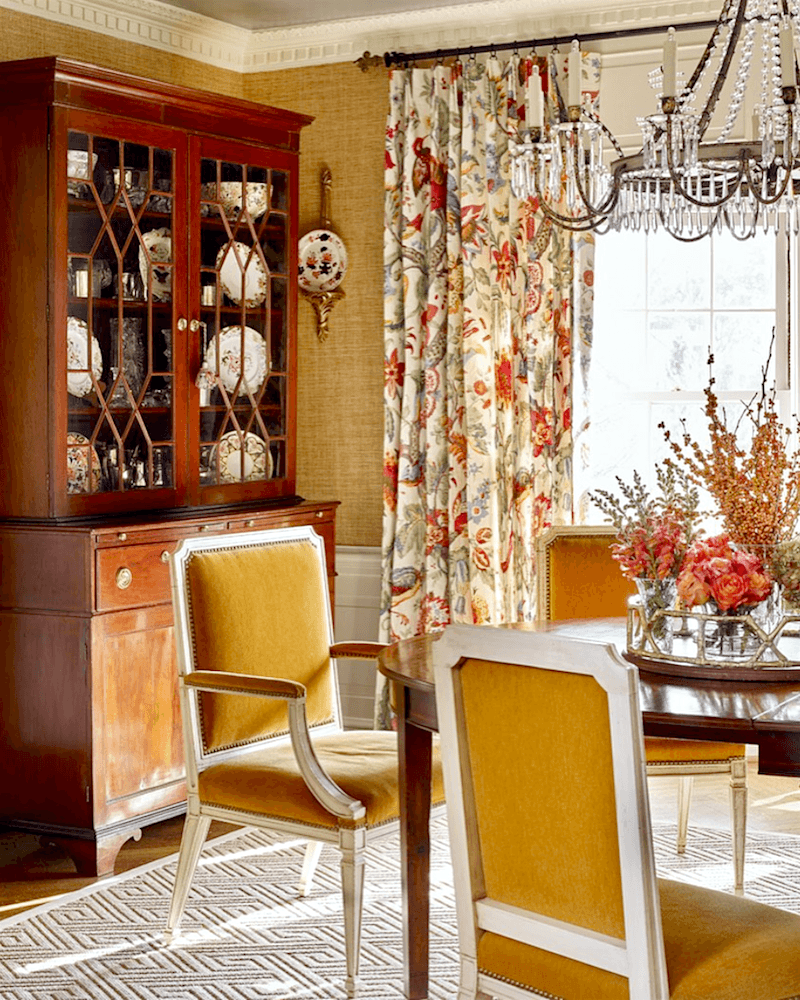
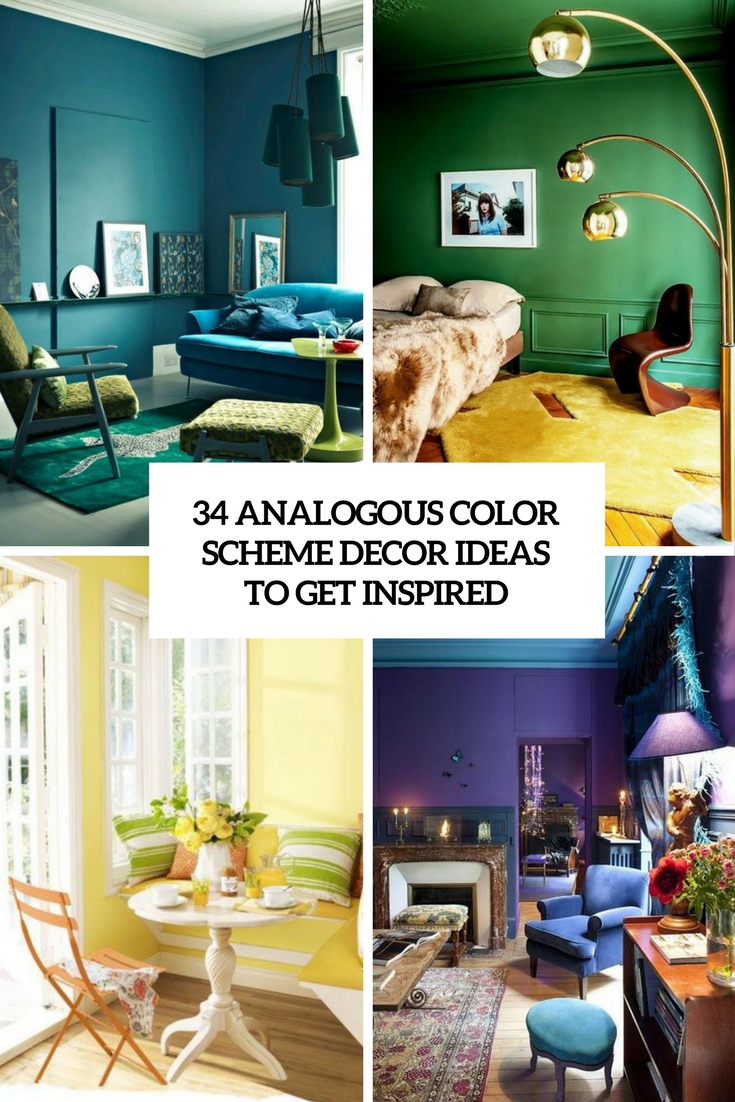







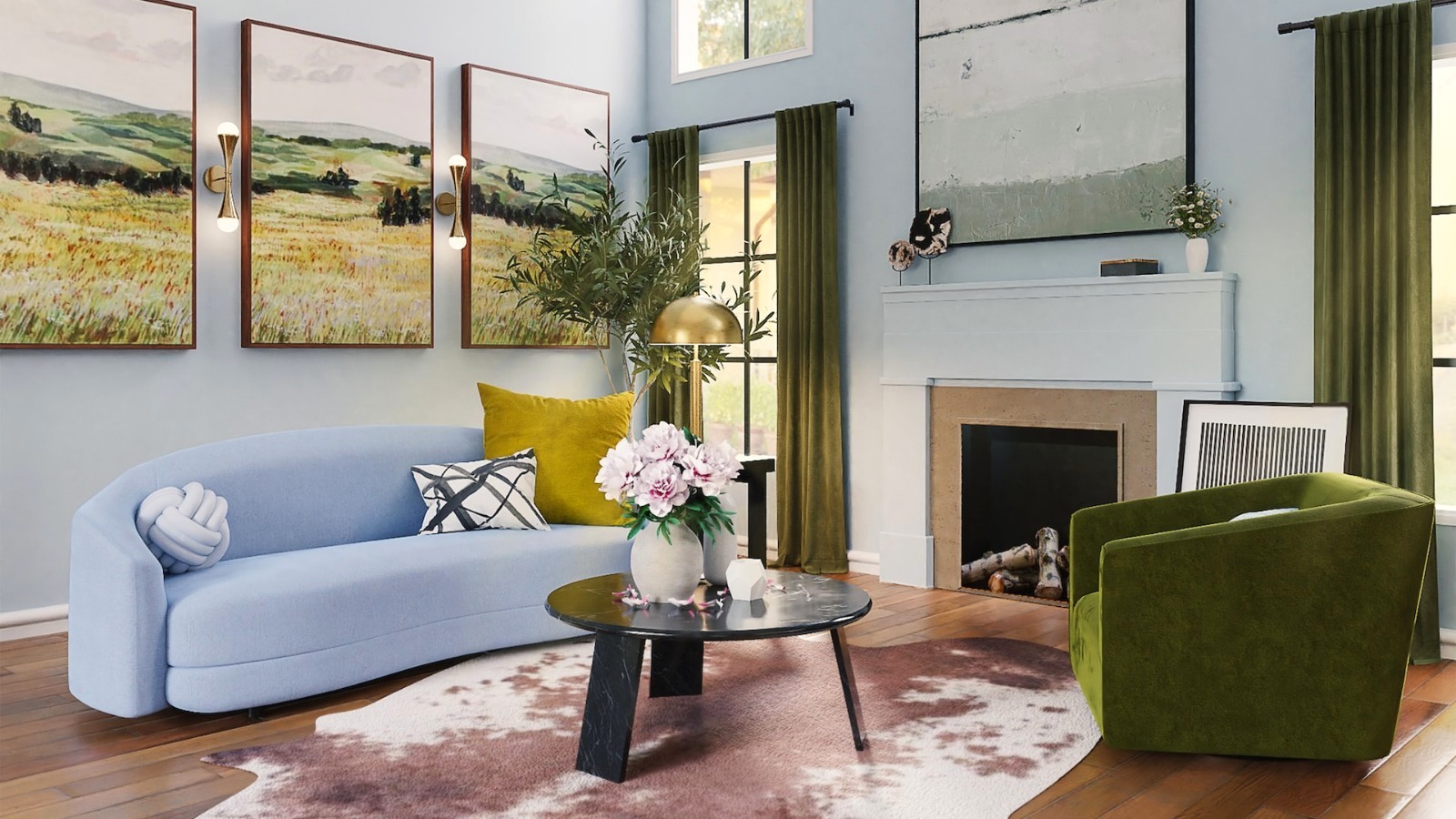


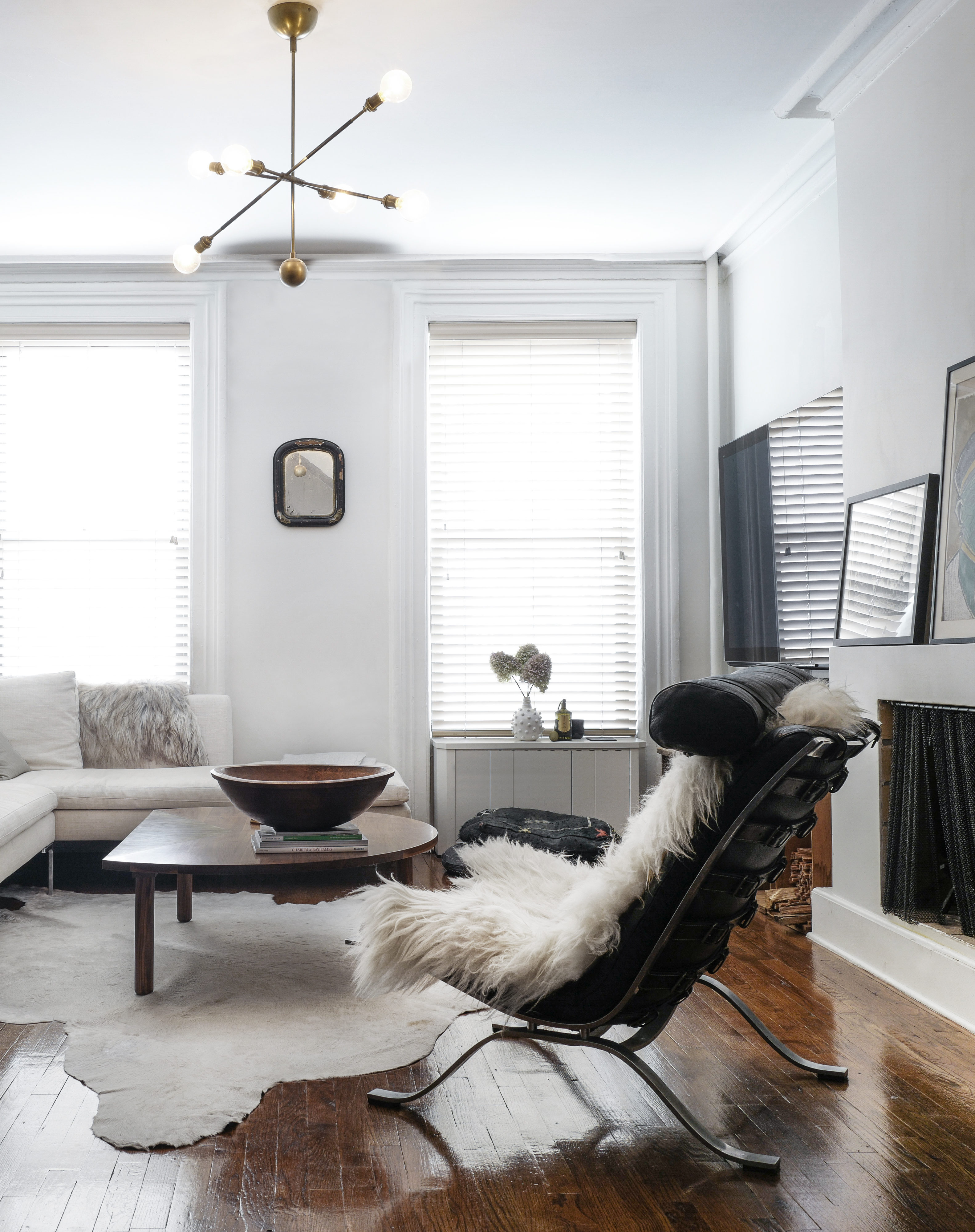
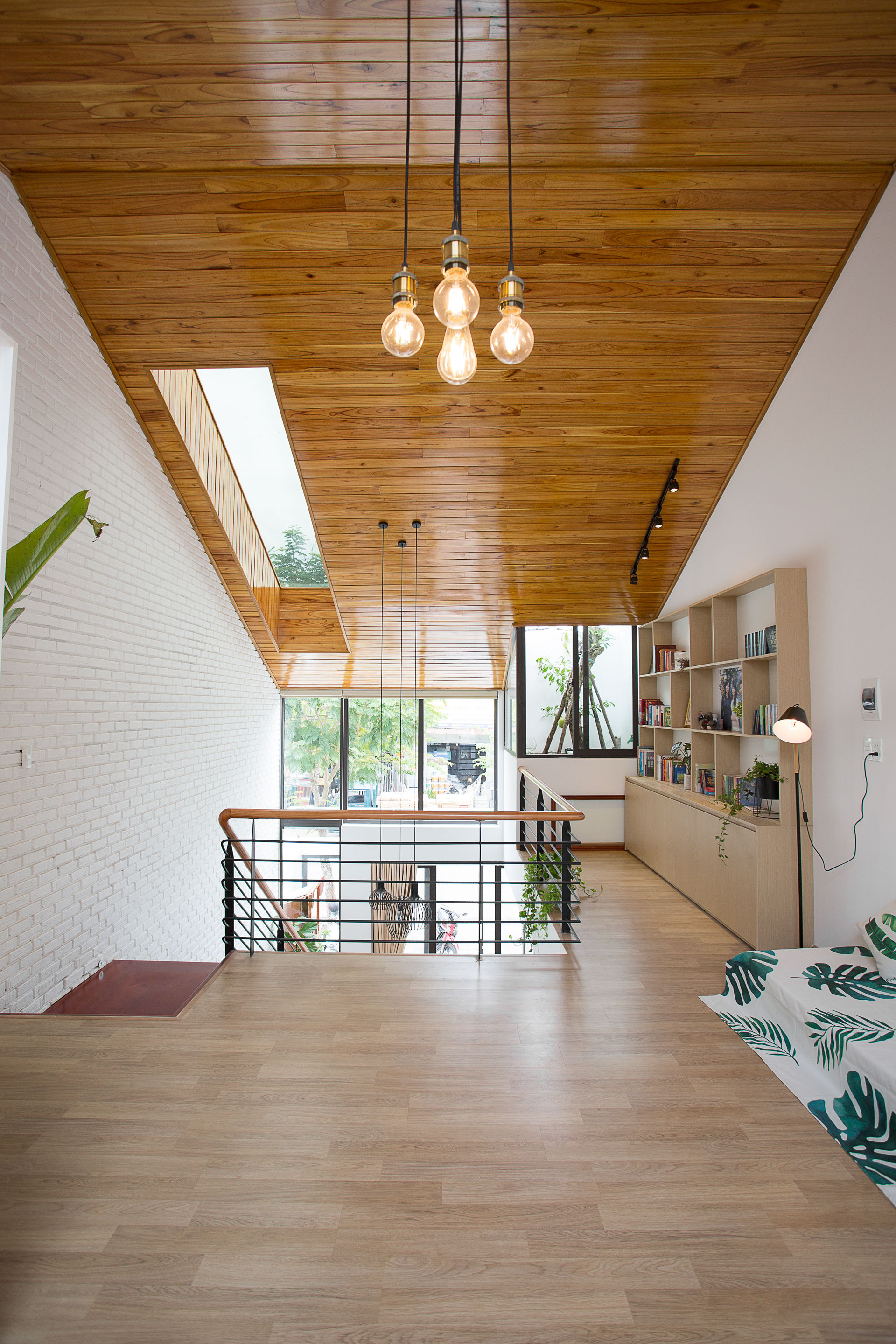
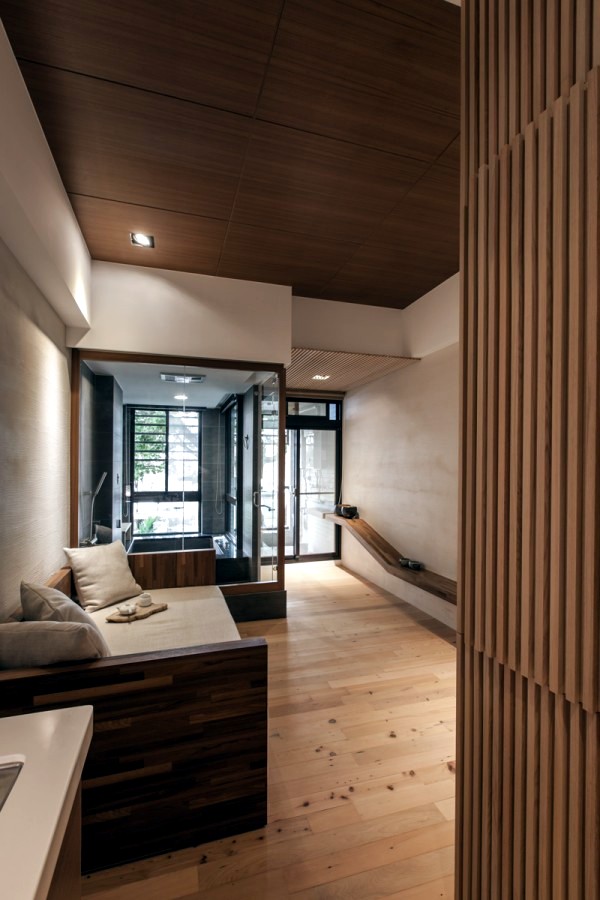
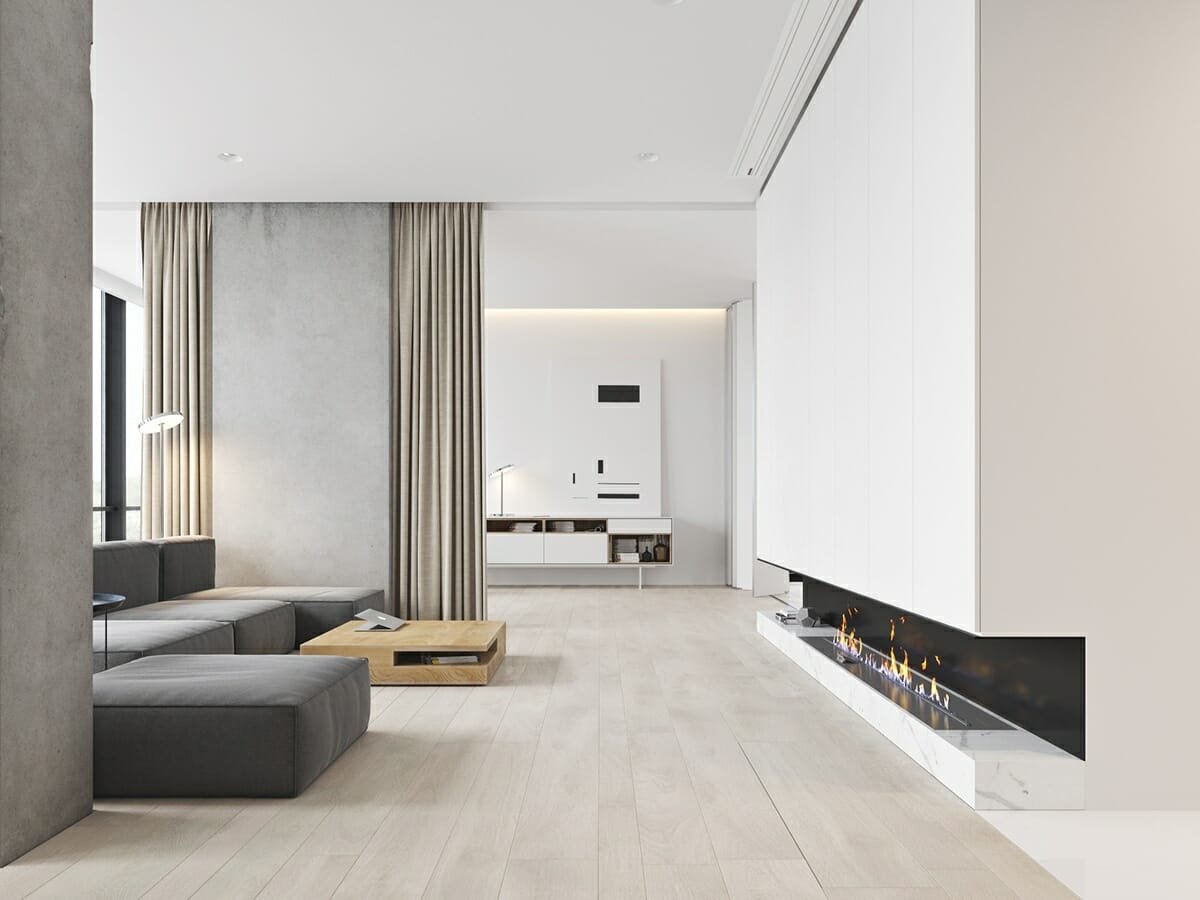

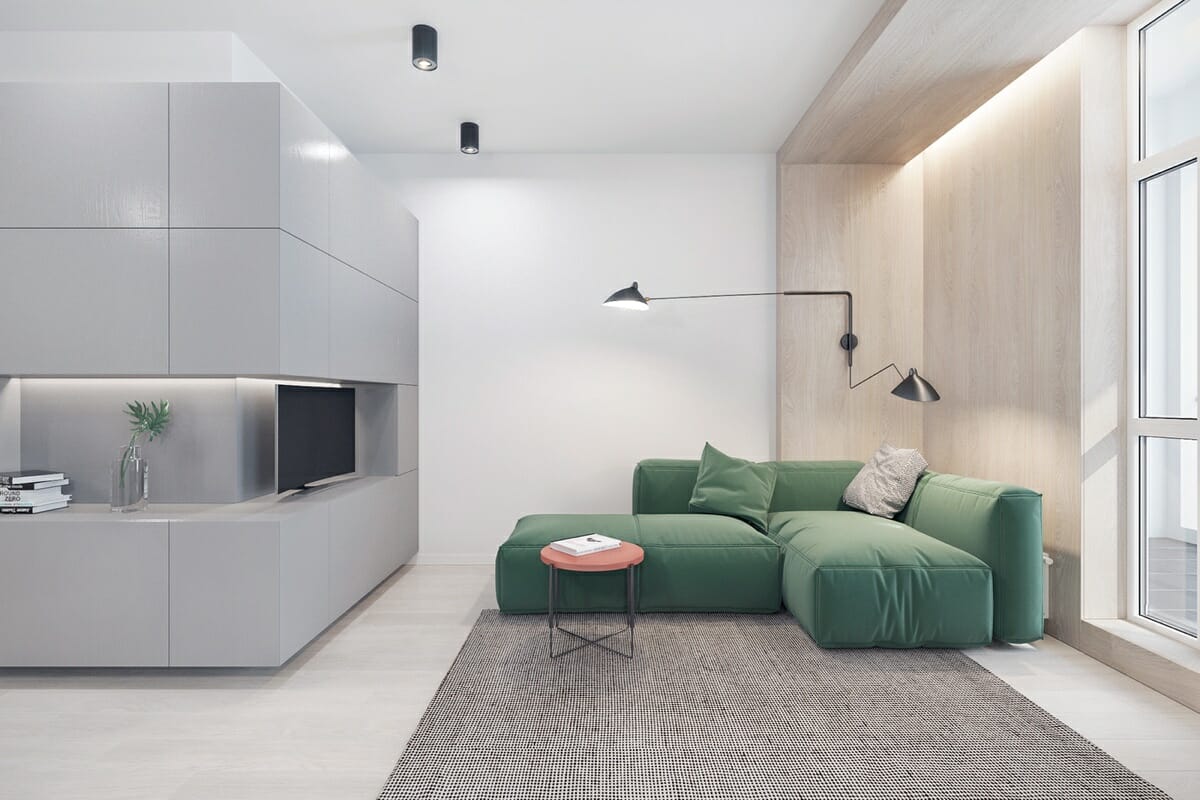
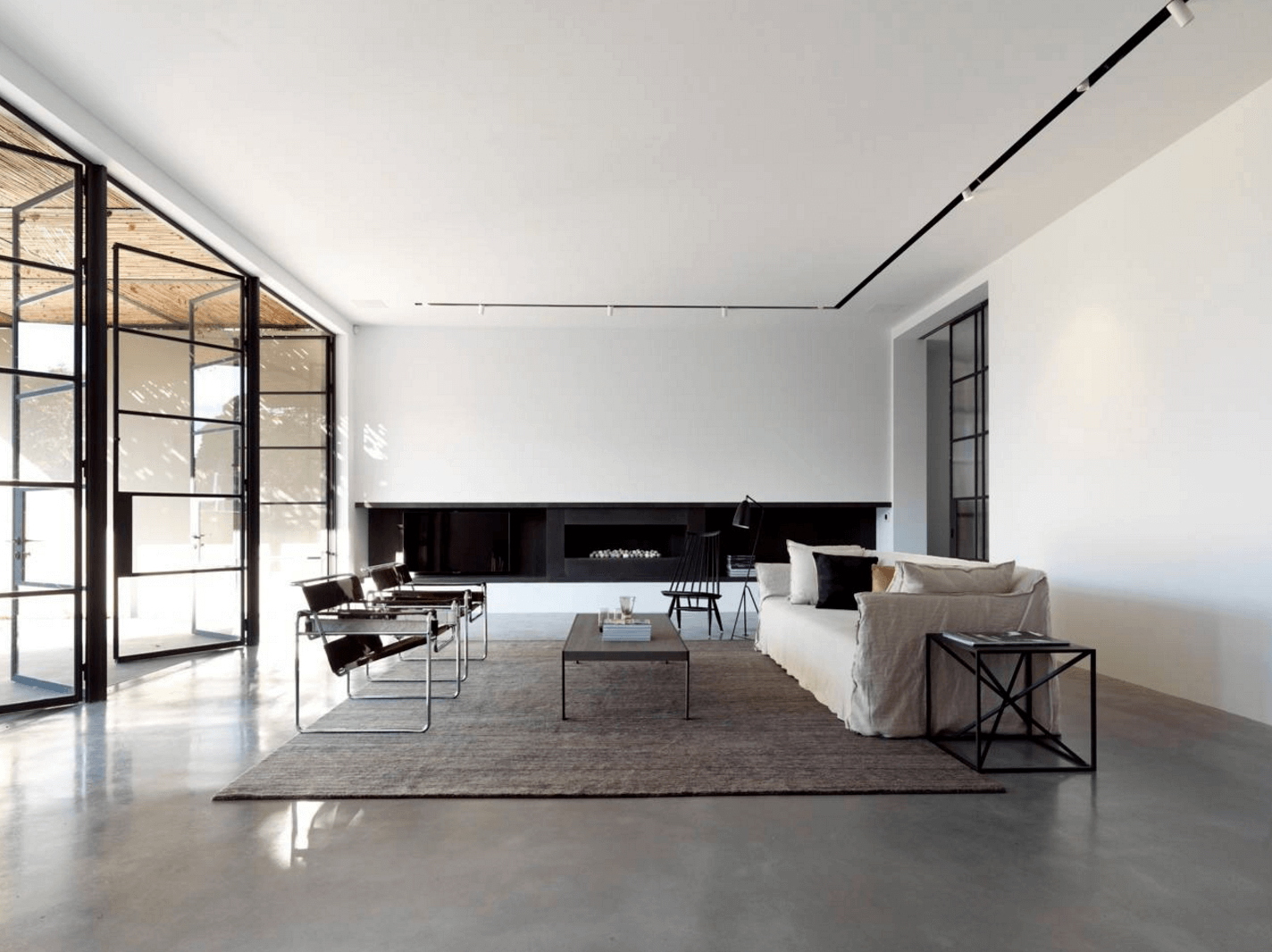
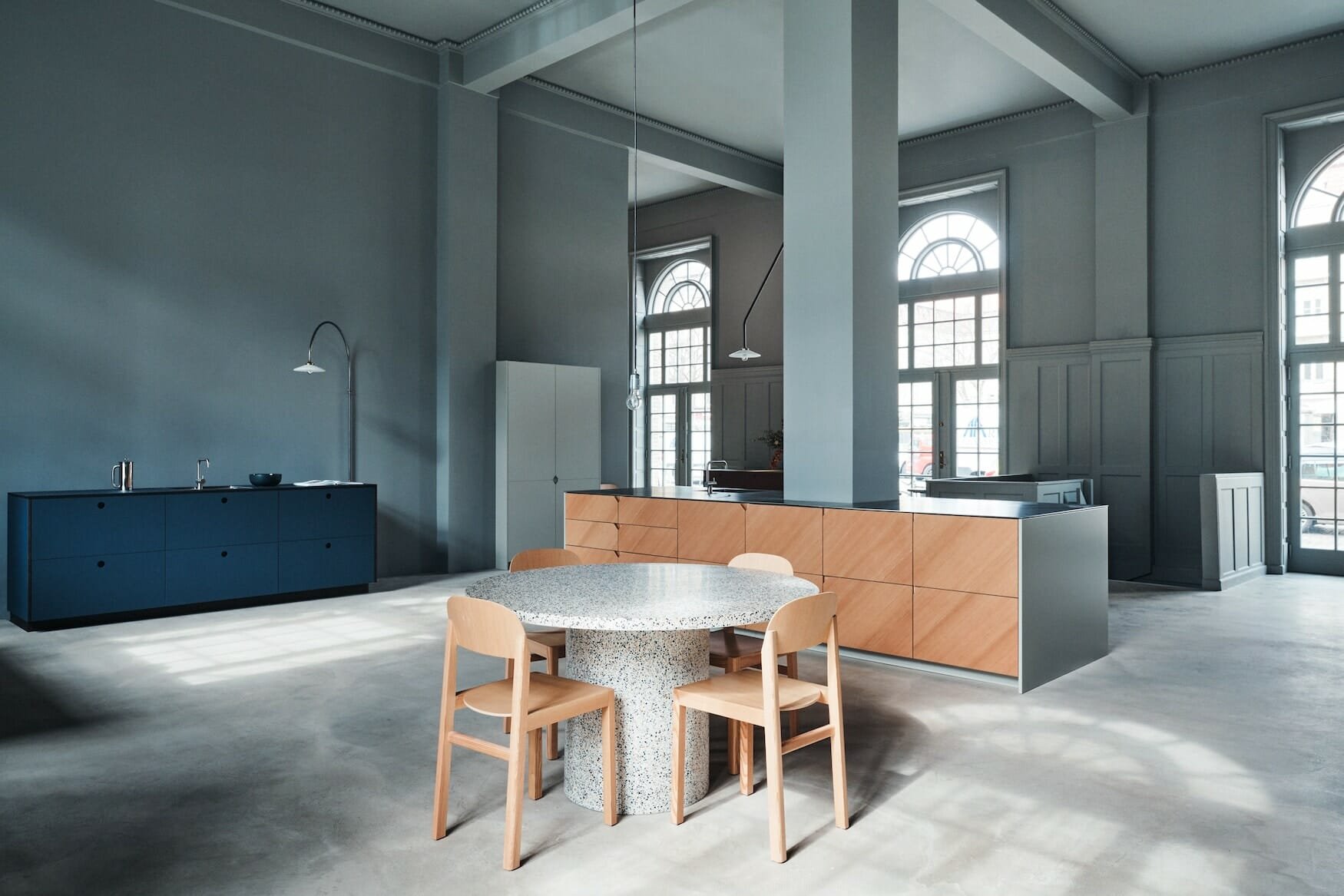
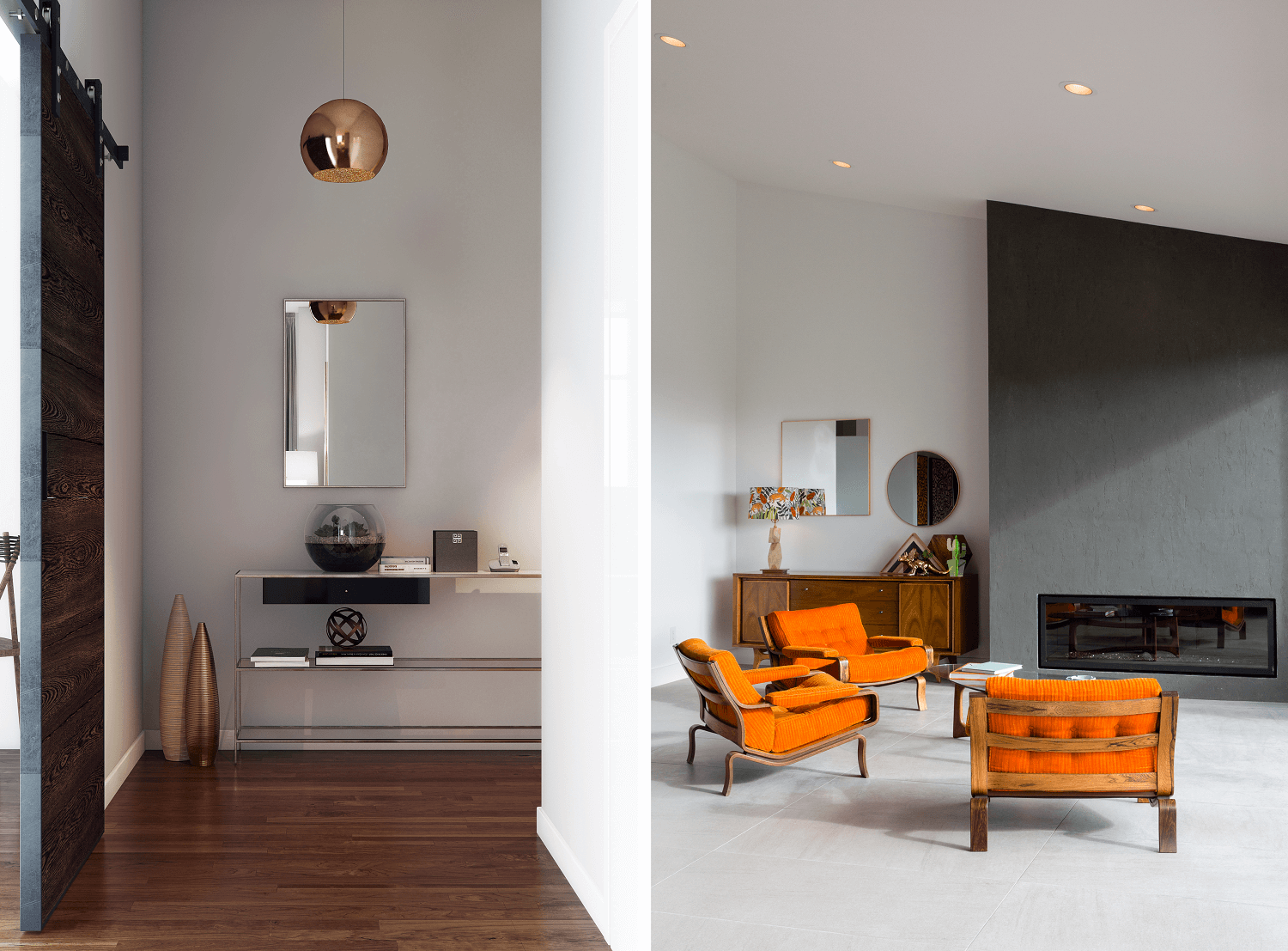
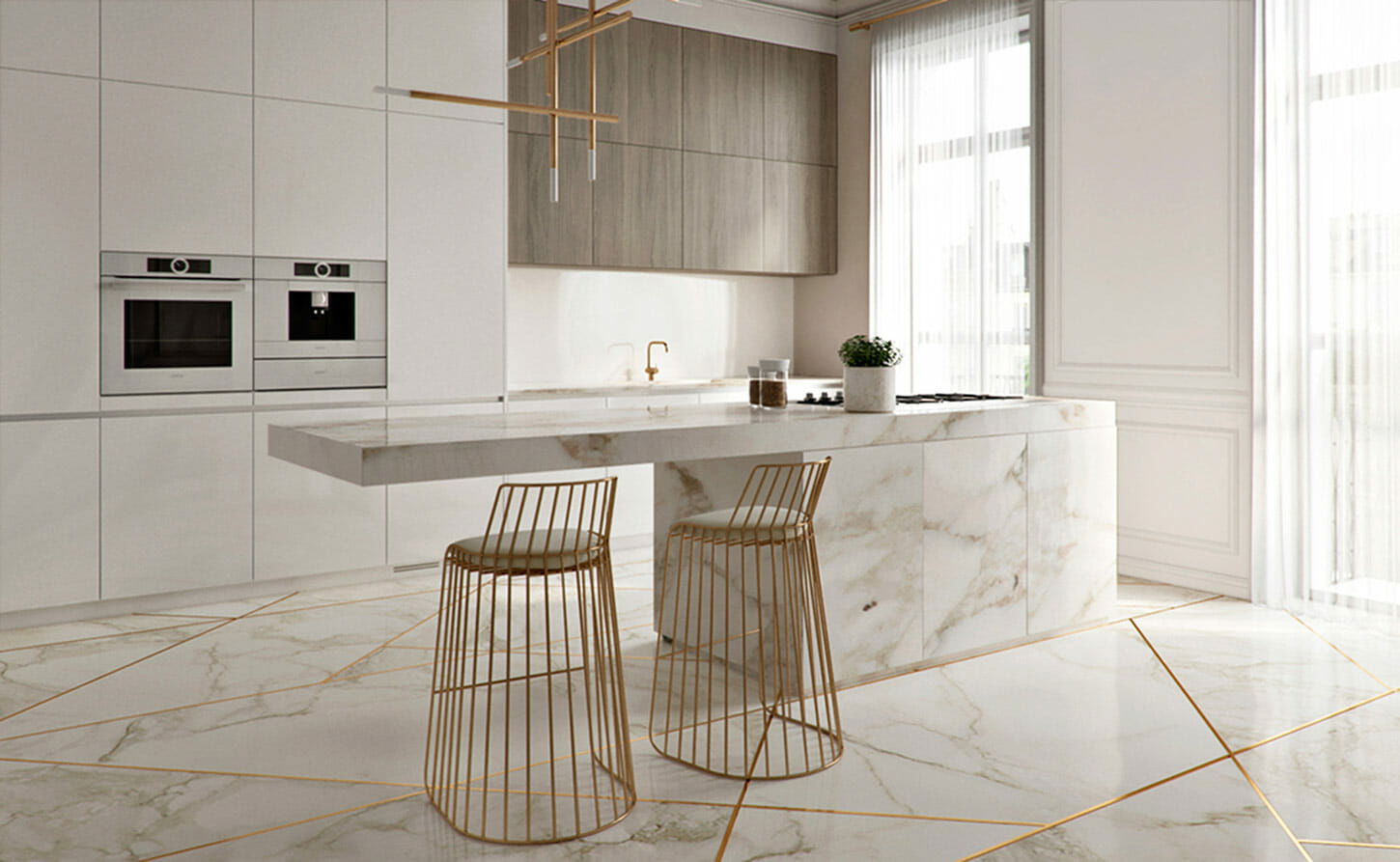
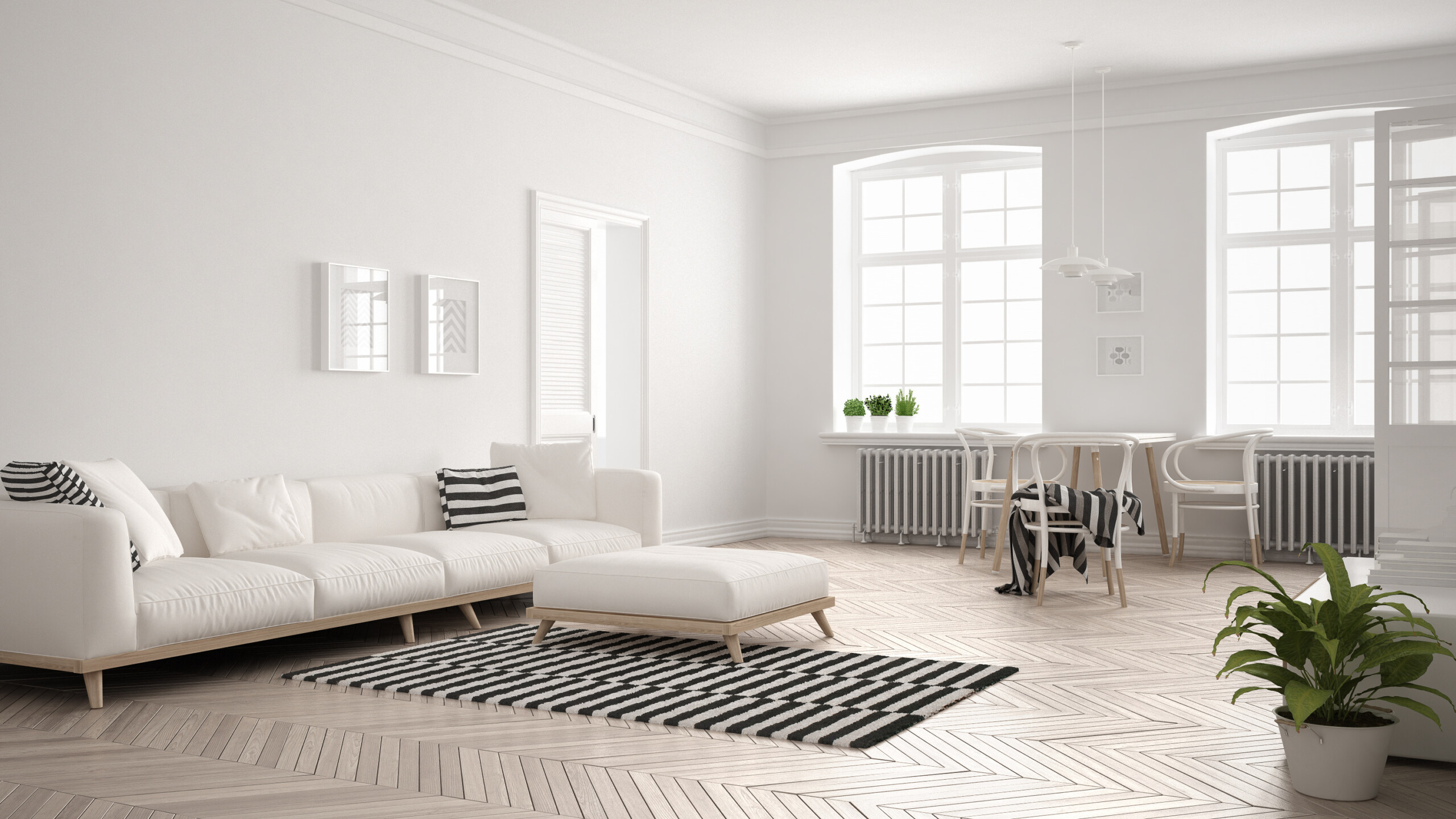
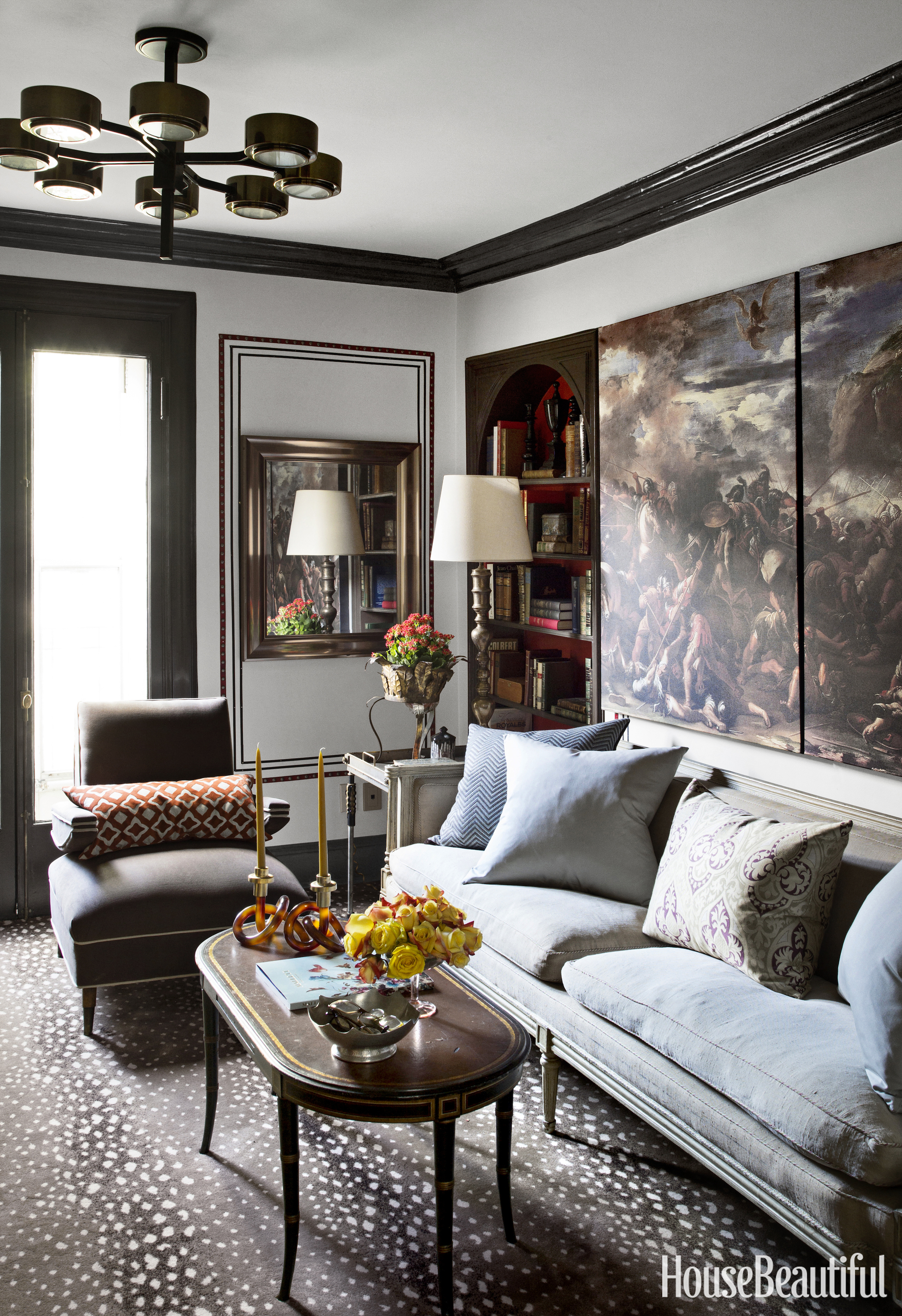

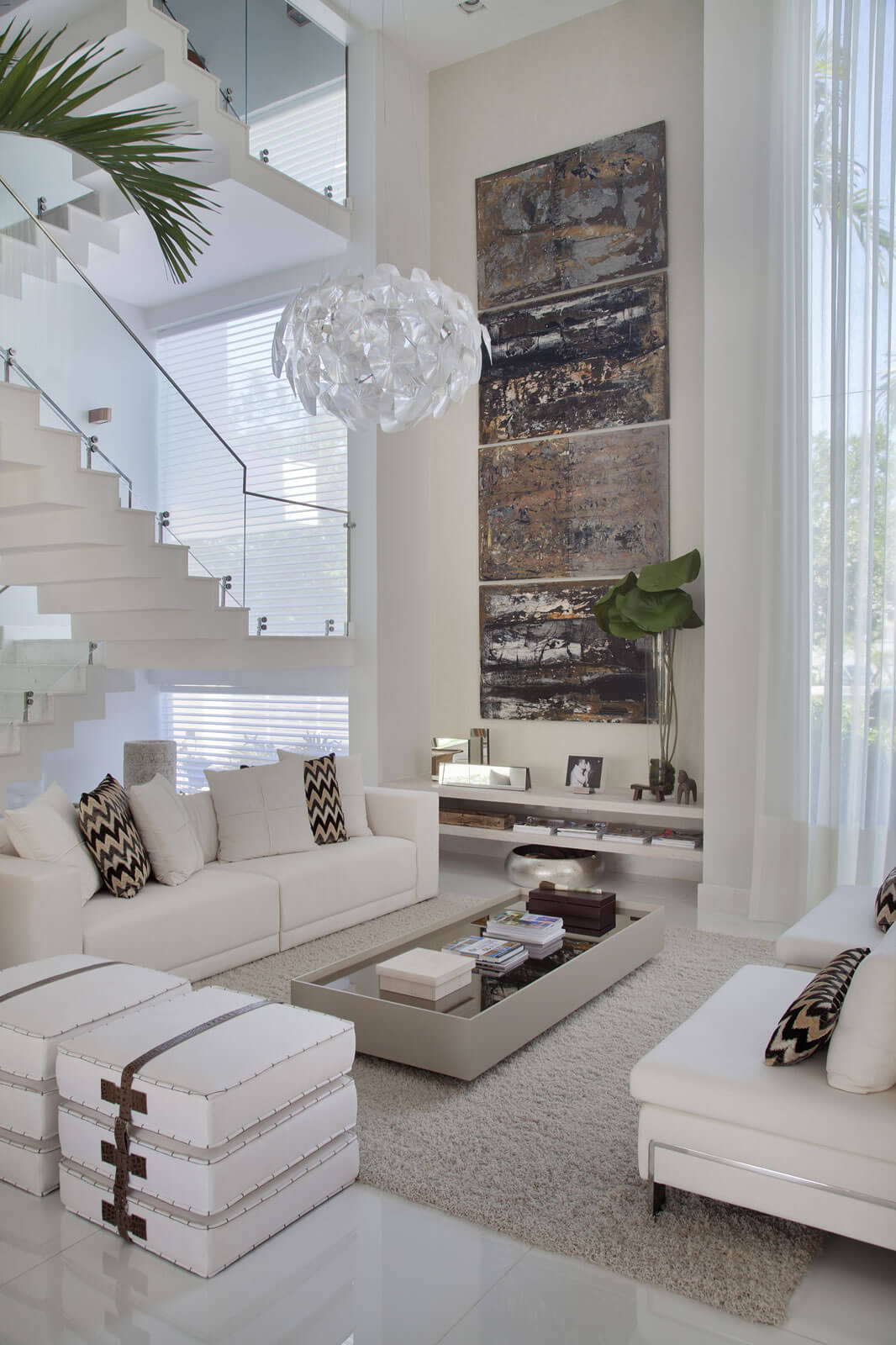
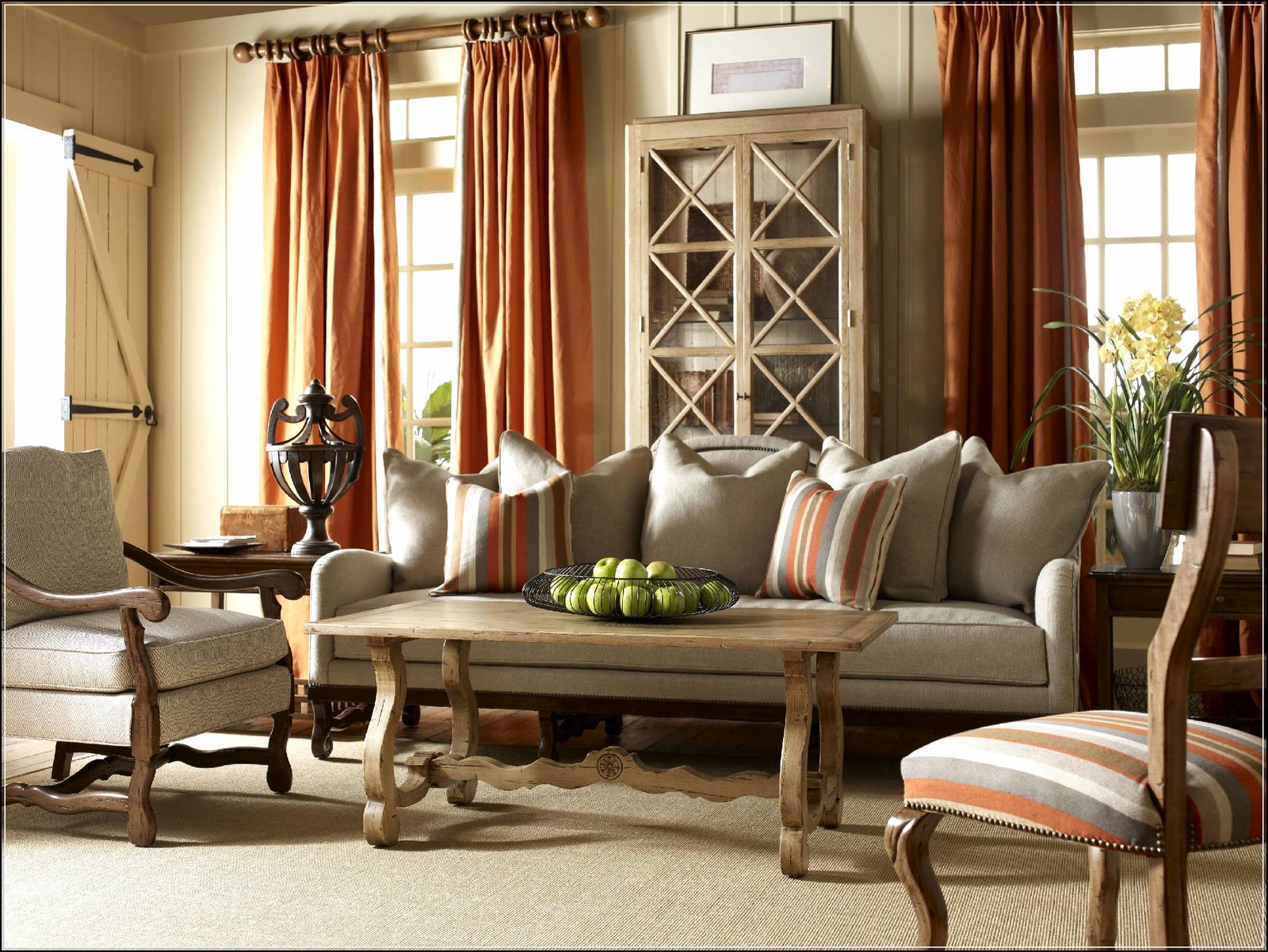
/GettyImages-9261821821-5c69c1b7c9e77c0001675a49.jpg)
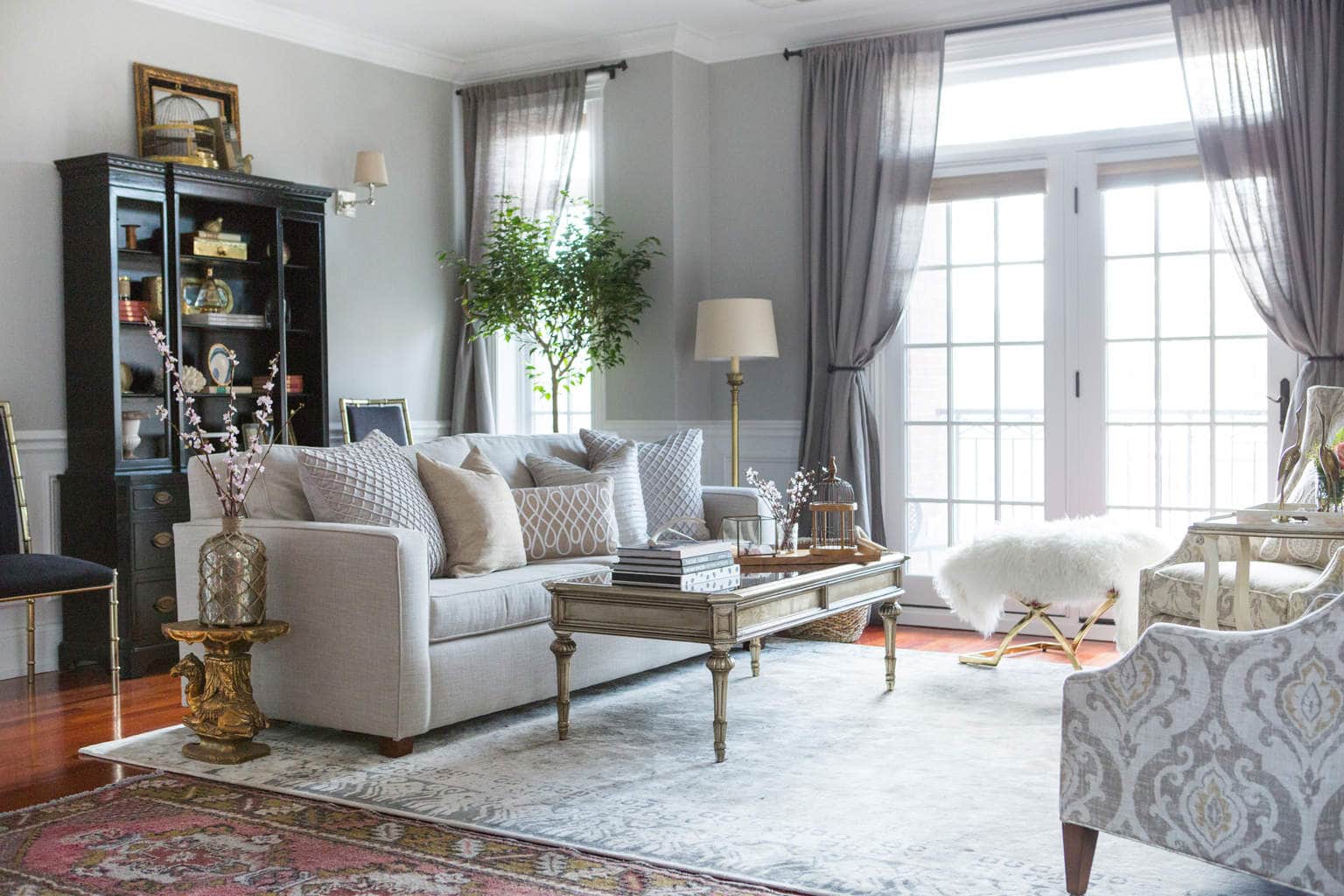

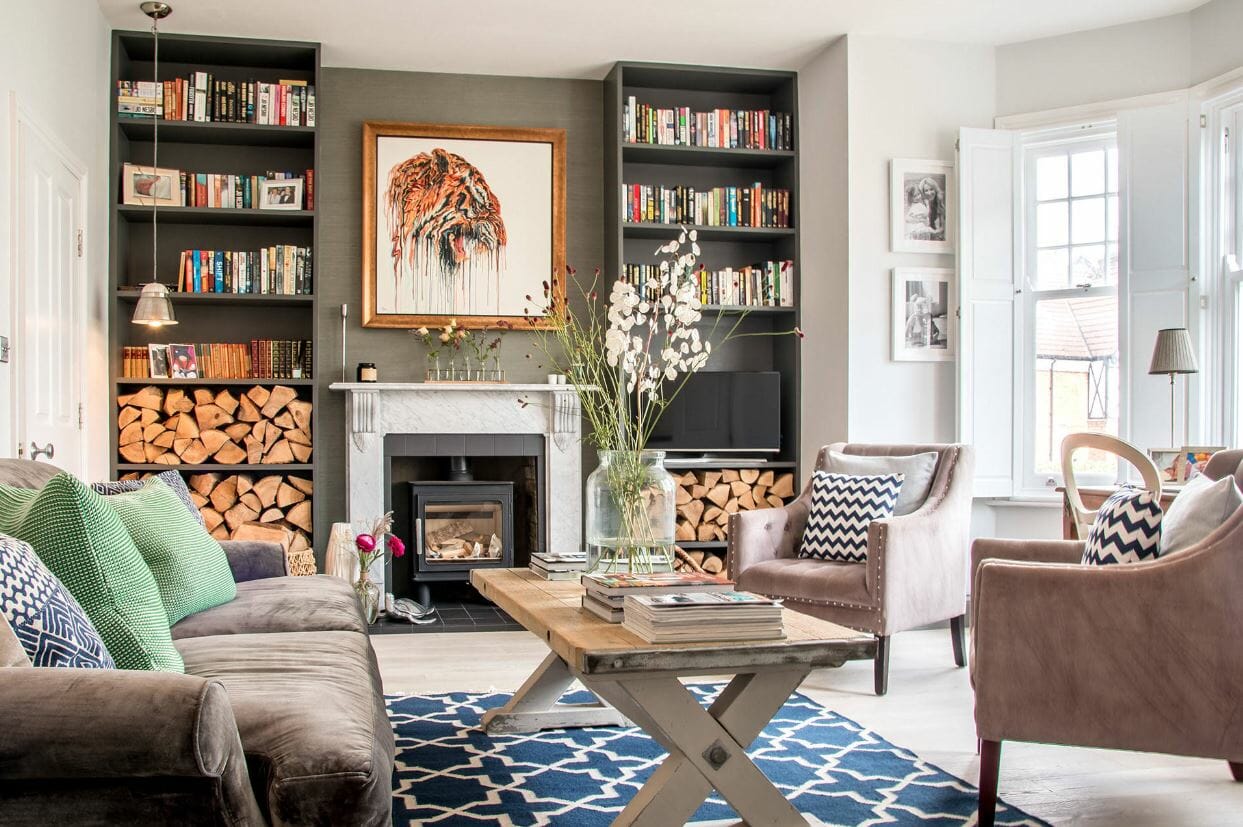


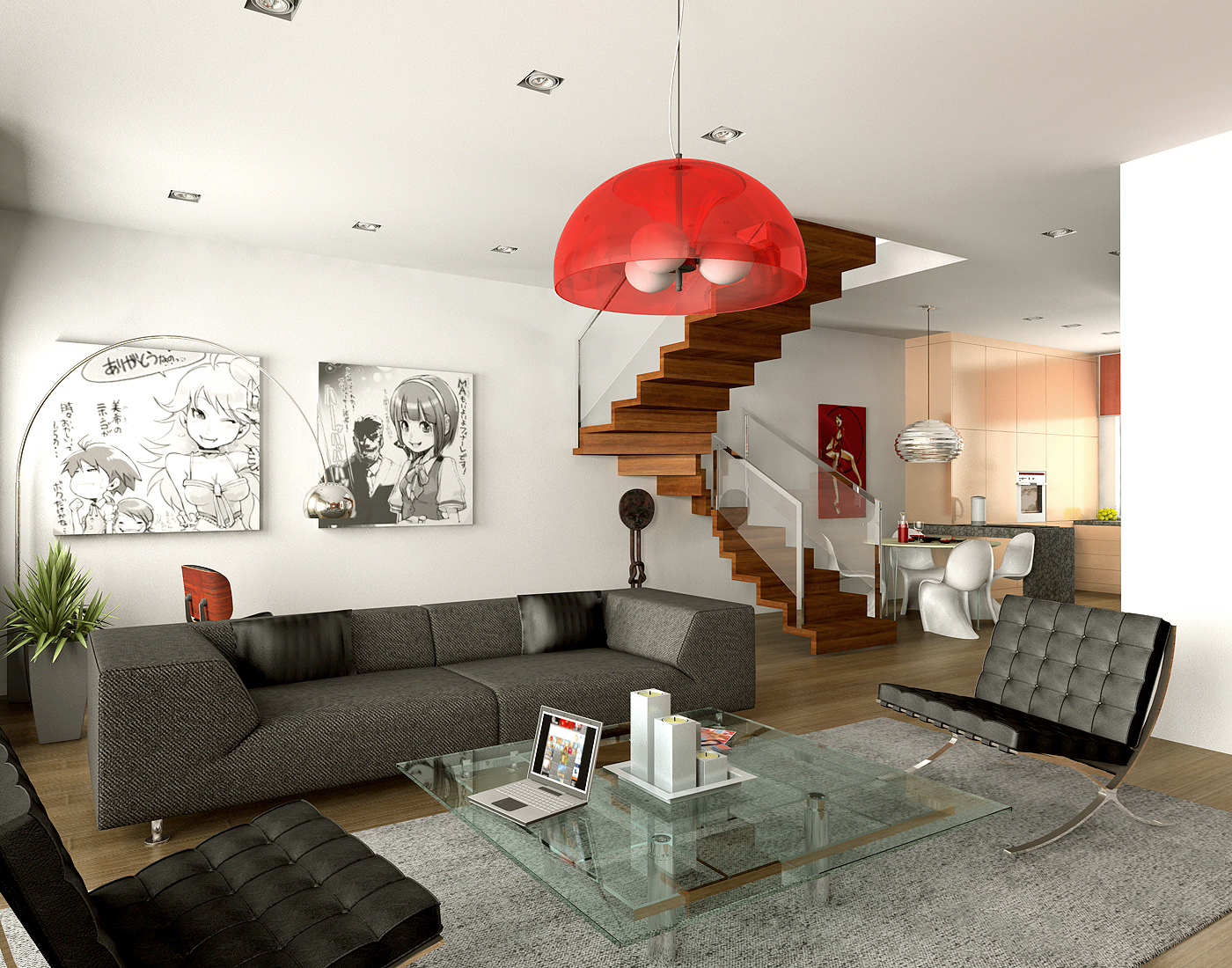
.jpg)

.jpg)



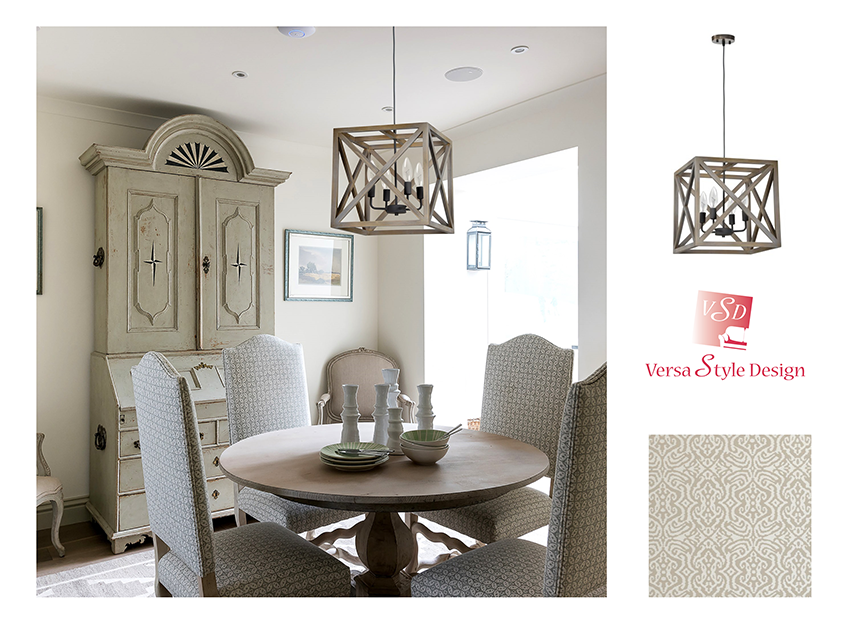

.jpg)
.jpg)






